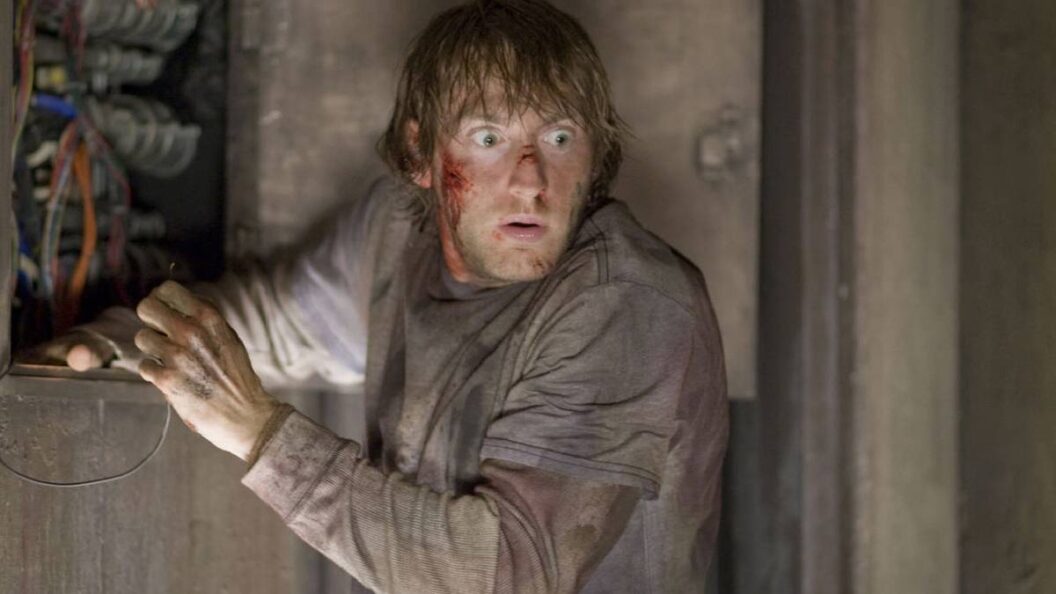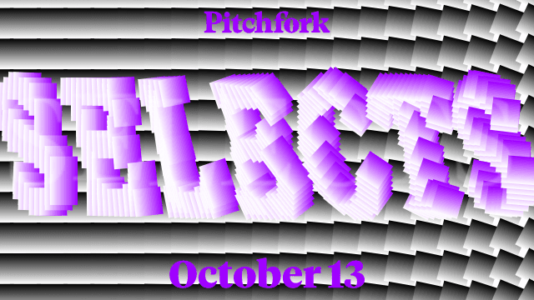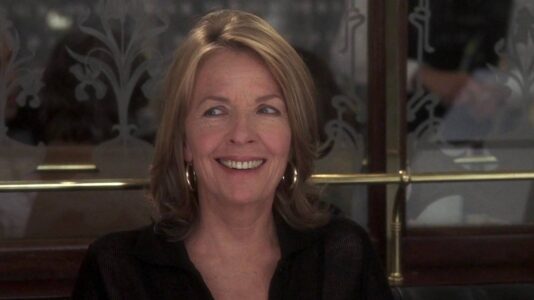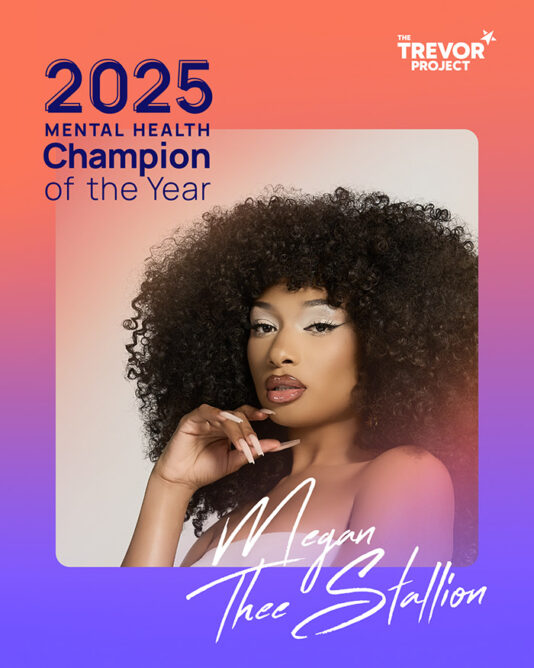The Enduring Impact of The Cabin in the Woods
The Cabin in the Woods, directed by Drew Goddard, has solidified itself as one of the most unique horror films of the 21st century. Released on April 13, 2012, the film cleverly subverts traditional horror tropes while presenting a darkly humorous critique of society’s fascination with violence and sacrifice.
The Subversive Ending
At its climax, the film diverges into a remarkably bleak yet thought-provoking conclusion. Following the ritualistic terror inflicted by ancient gods due to a lack of suitable sacrifices, two protagonists, Dana and Marty, accept their fate, with Dana chillingly proclaiming, "It’s time to give someone else a chance," just before chaos ensues. This ending transitions from mere horror to a philosophical musing on whether humanity’s eradication might be a step toward a better future.
Foreshadowing Through Dialogue
Franz Kranz’s character, Marty, initially appears as a comical stoner archetype, commenting on societal shortcomings. In one pivotal moment, he asserts, "Society needs to crumble. We’re all just too chickensh*t to let it." This line is a harbinger of the film’s resolution, urging viewers to reconsider his philosophical musings upon a second viewing. As the narrative unfolds, Marty’s speech becomes a lens for interpreting the film’s central conflict—the tension between maintaining the status quo and embracing change.
The Villains’ Compelling Arguments
The film creatively blurs the line between protagonist and antagonist. As the Director, played by Sigourney Weaver, counters Marty’s idealism, she presents compelling arguments that underscore the violence inherent in change. The exchange between Marty and the Director emphasizes the moral ambiguities faced by both characters. Dana’s own doubts encapsulate this equilibrium when she admits she regrets almost shooting Marty, revealing a struggle between self-preservation and societal responsibility.
The Impasse of Sequel Possibilities
Years after its release, The Cabin in the Woods has cultivated a cult following, leading to discussions about a potential sequel. However, Goddard himself acknowledges the difficulty in following up on such a definitive ending. A sequel would face the challenge of addressing whether Marty or the Director’s ideologies were correct. If the sequel reveals a world still constrained by the cycle of sacrifice, it risks rendering the original film’s catastrophic resolution meaningless, marking an unresolved dilemma.
Significance and Lasting Impact
Ultimately, The Cabin in the Woods critiques not only the horror genre but also the societal structures that necessitate such narratives. It invites audiences to reflect on the nature of sacrifice, choice, and the desire for revolution in a world plagued by apathy. The film’s deft intertwining of humor, horror, and philosophy creates a complex viewing experience that resonates with viewers long after the credits roll.
As viewers continue to dissect and discuss its themes, the film’s cultural significance remains robust. The unresolved questions it raises regarding the morality of societal rituals and the potential for rebirth assure its enduring relevance within both the horror genre and broader societal conversations. The film serves as a reminder that the narratives we consume shape our understanding of humanity’s place in a transformative world.









